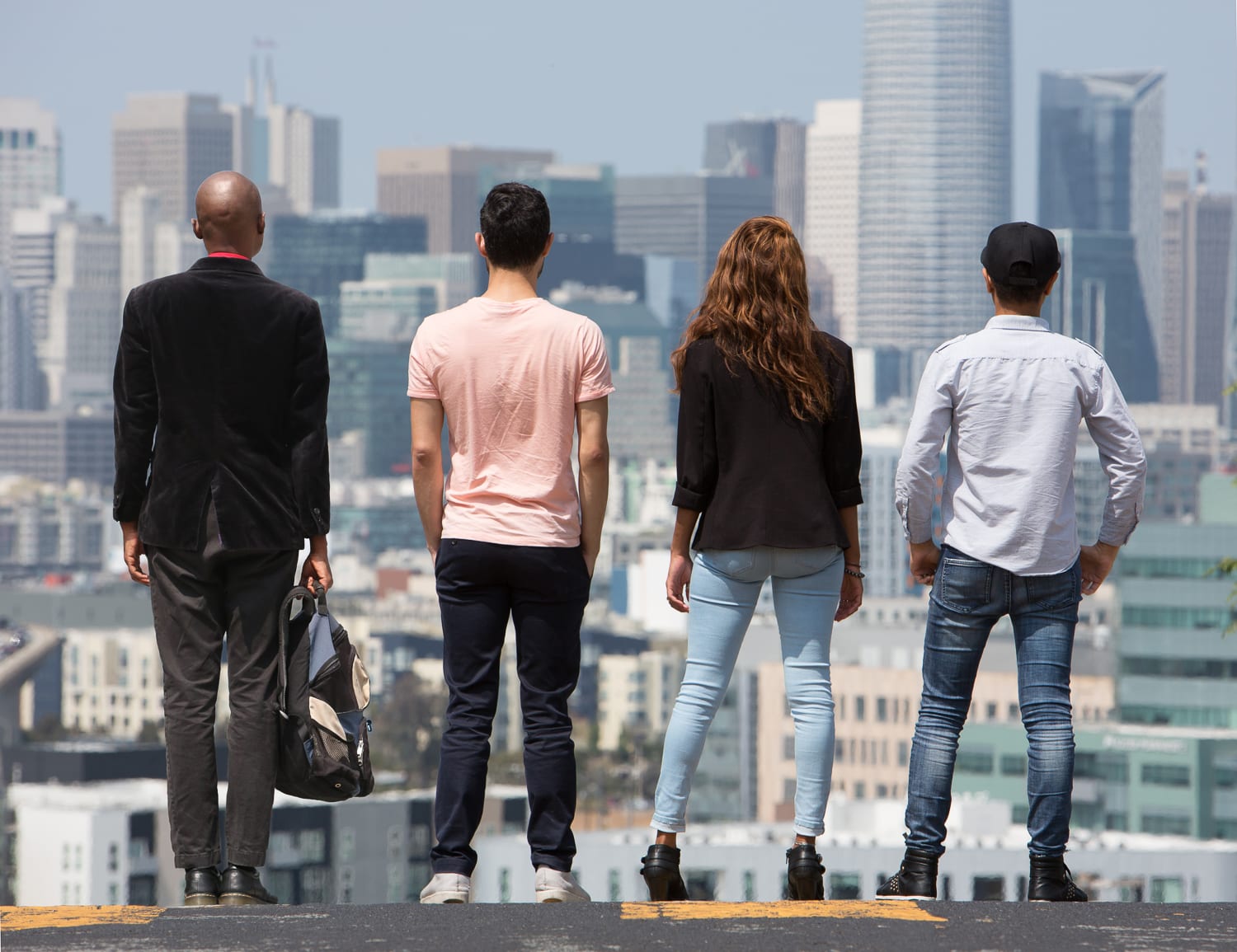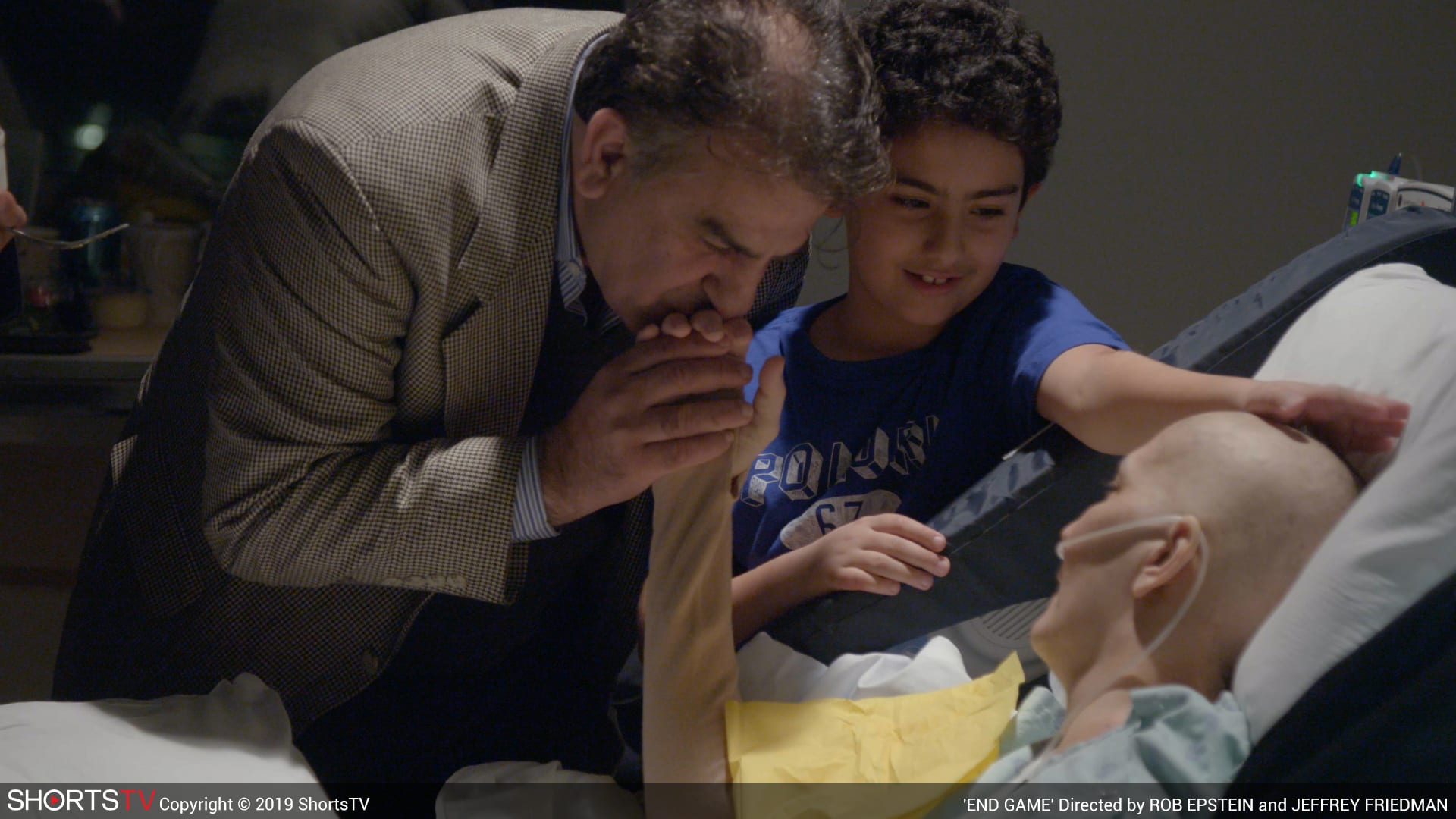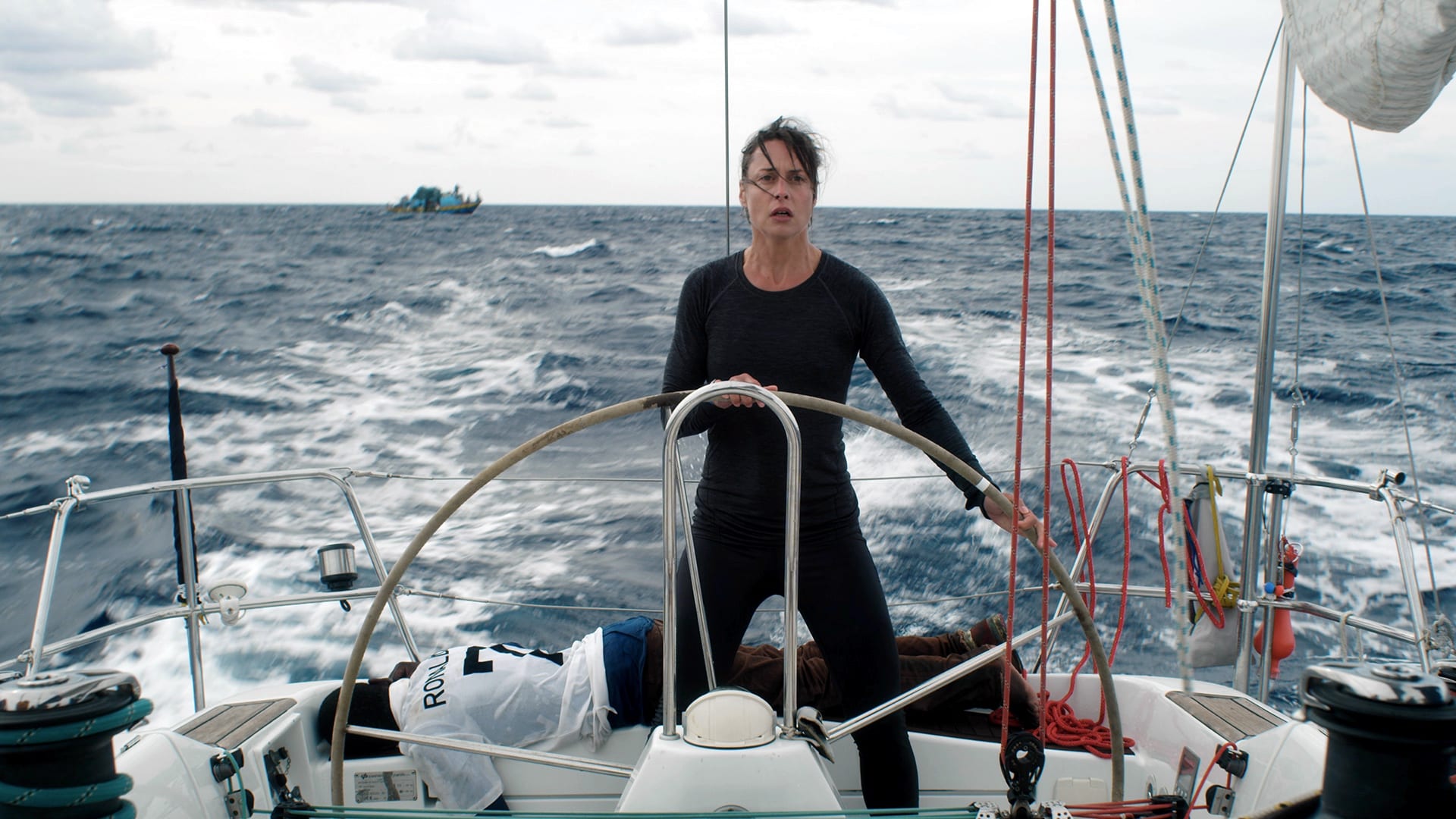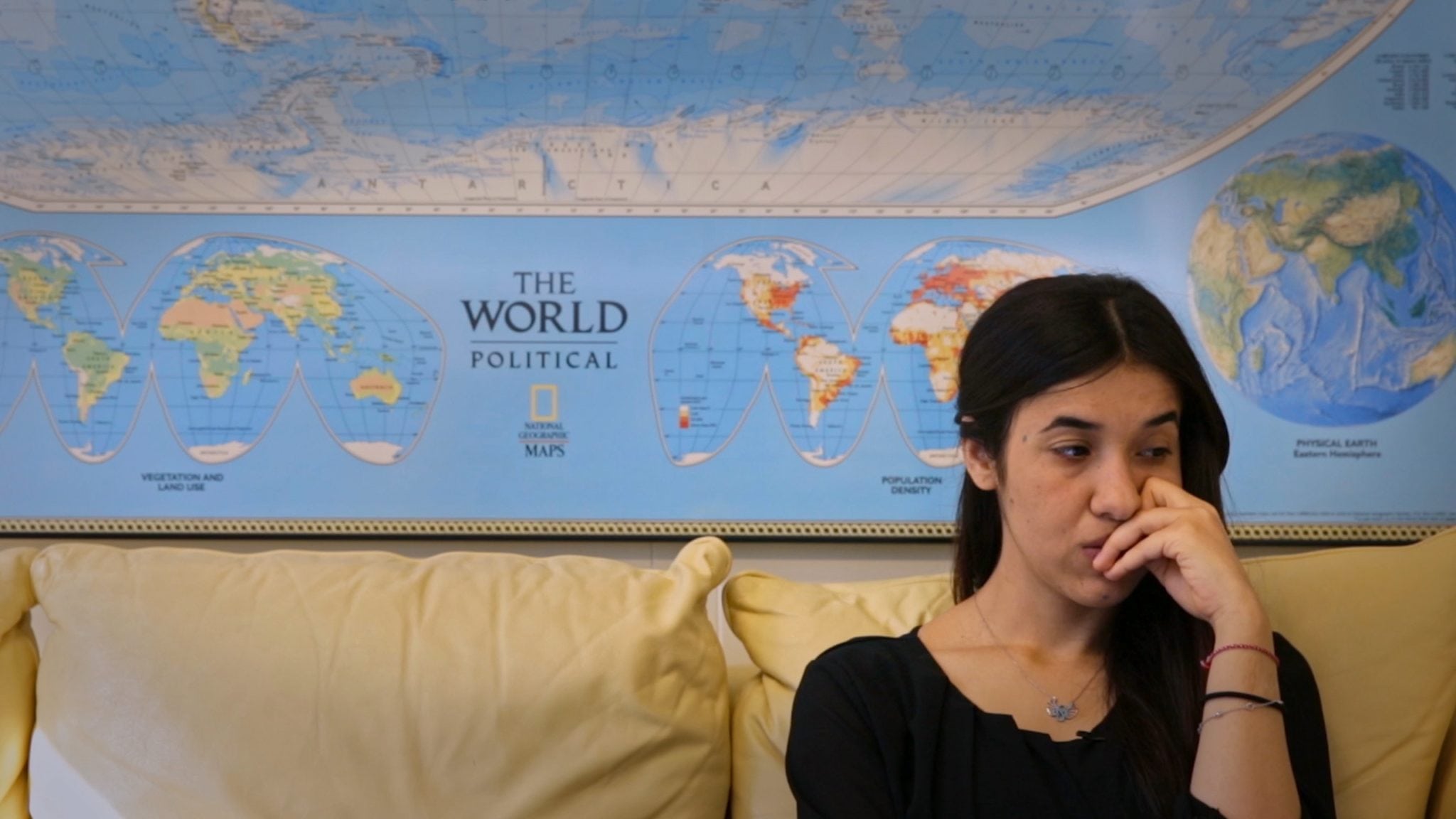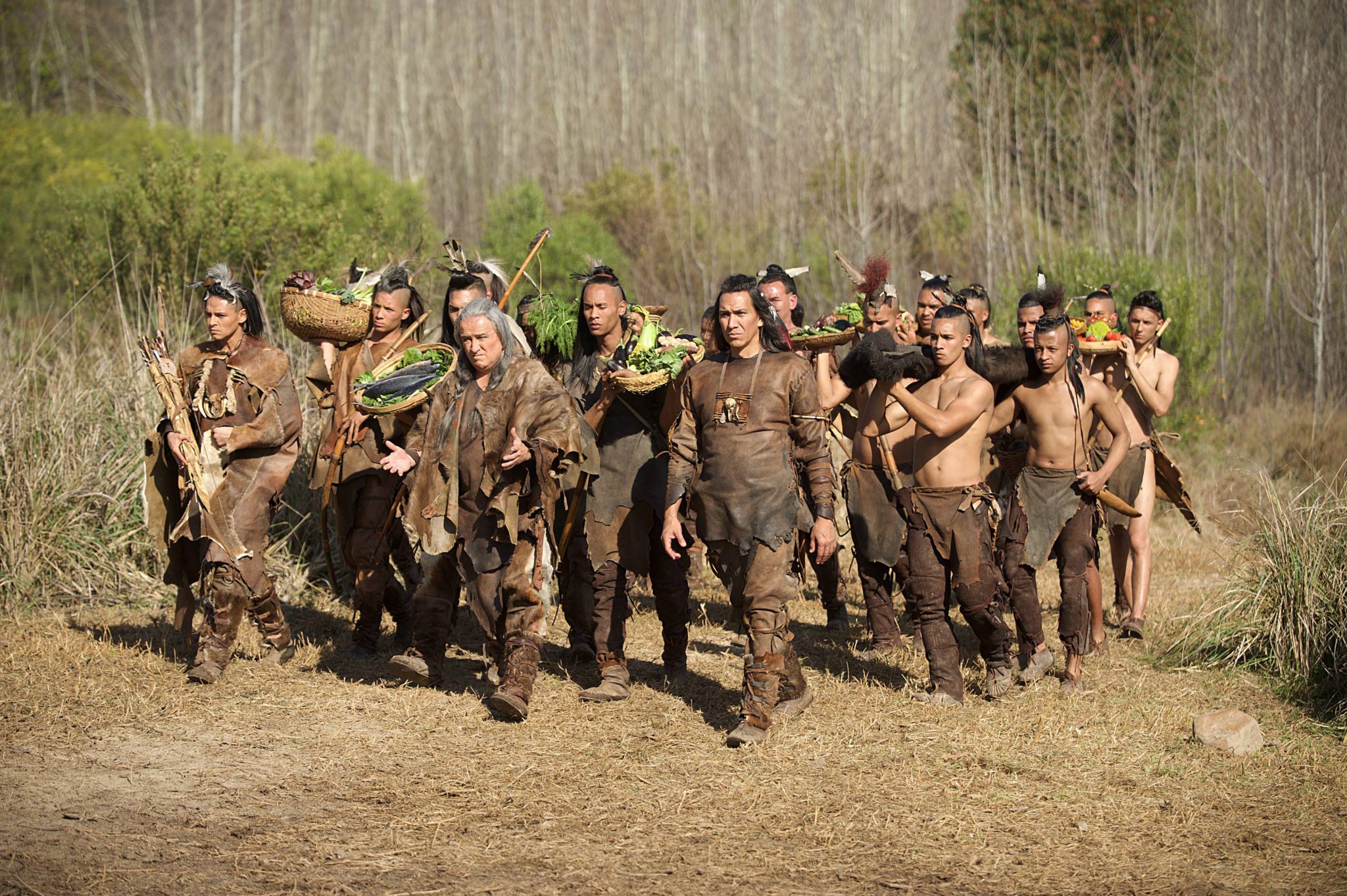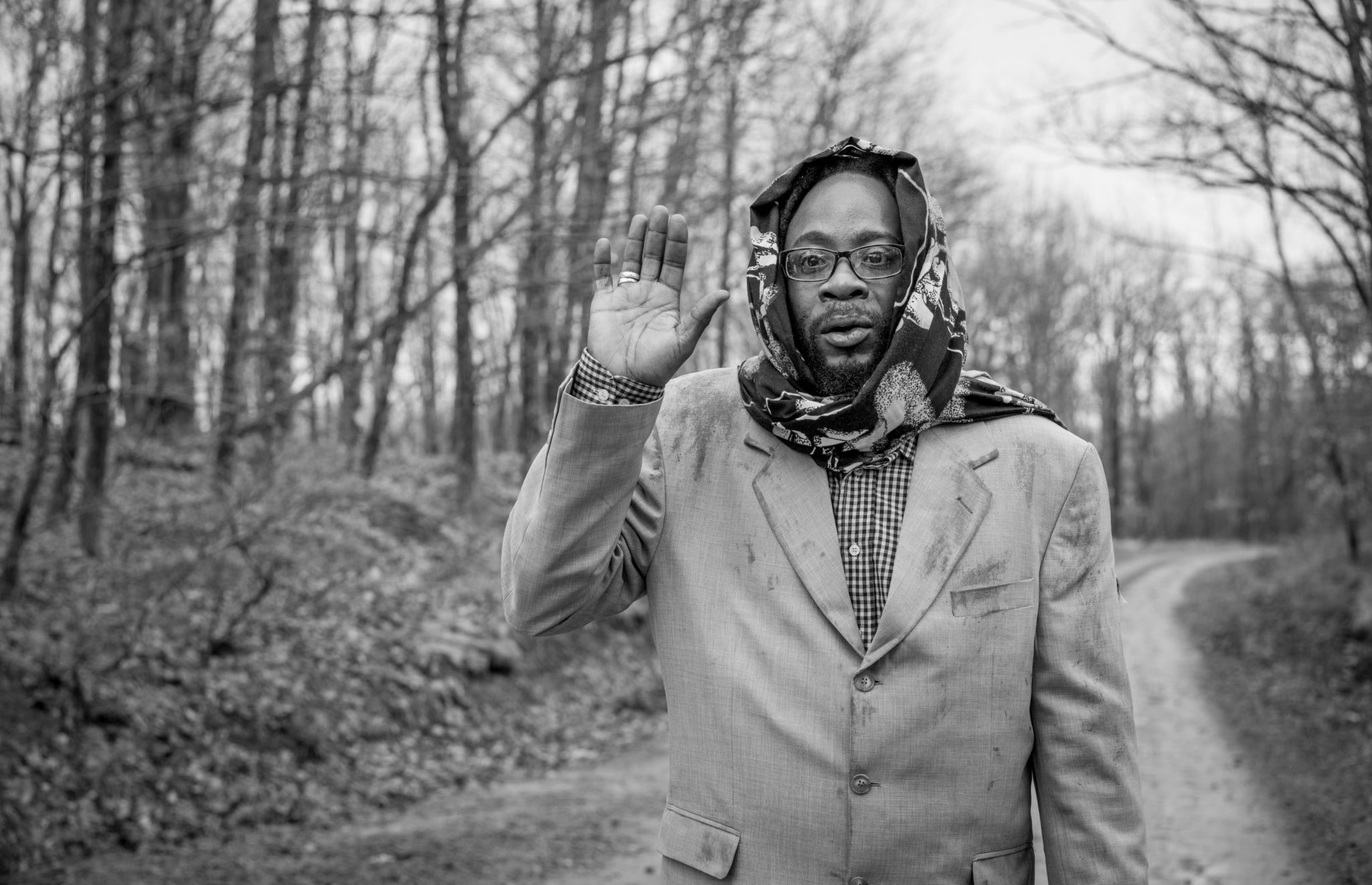
Fear – When I was a stranger…
?We are hospitable people?but Bulgaria belongs to Bulgarians.? What does it mean to welcome the stranger? It seems to be a lost value in the world today. Ivaylo Hristov?s Fear shows that xenophobia is present in Bulgaria, but we know this is not something that is limited to that nation. Fear was Bulgaria?s official submission…

